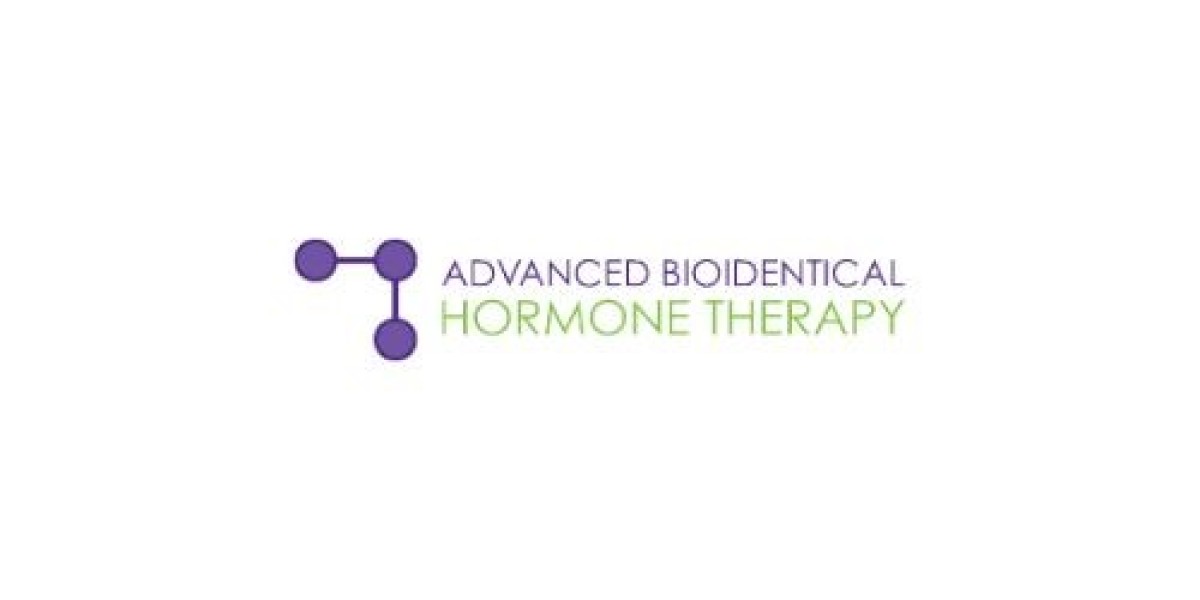What is Hydrogenated Polyisobuten?
Hydrogenated polyisobuten refers to a hydrogenated polymer of isobutene. Isobutene itself is a byproduct from the refining of crude oil or the isomerization of normal butane. When isobutene undergoes polymerization, long chains known as polyisobutene are formed. These chains can then be further treated with hydrogen in a process called hydrogenation, which adds hydrogen atoms across the double bonds in the polymer chains. This process of hydrogenation increases the stability and saturation of the polyisobutene.
Uses of Hydrogenated Polyisobuten
The enhanced stability and non-reactivity of hydrogenated polyisobuten makes it useful for various applications. Some key uses of this chemical include:
- Lubricant additives: Hydrogenated Polyisobutene is frequently added to lubricating oils, greases and other lubricants as a viscosity index improver. The polymer helps thin out the lubricant at high temperatures and thicken it at low temperatures to maintain optimum viscosity. This improves machinery performance over a range of operating conditions.
- Thickeners and emulsifiers: In cosmetics, food products and asphalt, hydrogenated polyisobutene acts as an effective thickening agent and emulsifier. It can stabilize mixtures of oil and water. The polymer helps achieve and maintain a smooth, creamy texture.
- Adhesives: Certain hot melt adhesives and sealants employ hydrogenated polyisobutene as a key ingredient. It enhances the tackiness and bonding ability of these formulations. Commonly seen applications include elastic sealants for automotive and construction uses.
- Plasticizers: The chemical finds use as an external and internal plasticizer for certain plastics like PVC. It promotes flexibility and workability of the plastic material while manufacturing products. Typical end uses include hoses, wires and cables, footwear and flooring.
Health and Environmental Effects
Due to its non-polar characteristics, hydrogenated polyisobutene is considered safe for human and environmental exposure in the concentrations present in commercial products. However, some points are worth mentioning:
- Toxicology studies on animals have not found any evidence of this chemical causing cancer risks. The International Agency for Research on Cancer also does not classify it as a carcinogen.
- Similar to mineral oils and other non-polar hydrocarbons, prolonged exposure at high occupational levels could potentially lead to risk of pneumonia-like illnesses from inhalation or skin inflammation from dermal contact. Proper safety handling is advised.
- As a synthetic organic chemical, the polymer does not readily degrade in the natural environment. It may persist in soil and water systems if released untreated. However, levels are usually very low due to its non-volatile nature. The chemical also has a low potential for bioaccumulation in living organisms and the food chain.
- Being derived from mineral oil feedstocks, hydrogenated polyisobuten production depends on non-renewable crude oil resources. This raises some sustainability concerns over long-term supply risks and emissions from oil refining.
Regulatory Status
Various regulatory agencies have reviewed available scientific evidence on hydrogenated polyisobutene toxicity. The following represents the global regulatory status:
- Approved by the FDA as a direct and indirect food additive for specific applications in the U.S. through food-contact substance notifications.
- Listed on Annex 1 of the European Union's Cosmetic Products Regulation as a pre-authorized polymer ingredient in cosmetics.
- Included in several international positive lists for lubricant additives and plasticizers by organizations like OECD and Australia's NICNAS.
- Japan, China, Canada, New Zealand and other countries also permit this chemical's use within stipulated purity, identification and concentration limits.
- Not classified as hazardous, carcinogenic or ozone-depleting by regulatory bodies and intergovernmental programs like EPA, WHO and the Montreal Protocol.
Overall, current research indicates that when manufactured and used properly, hydrogenated polyisobuten does not pose a significant risk to public health or the environment according to international standards. Ongoing monitoring, alternative evaluations and improved production methods continue.
Future Scope and Sustainability
Like most synthetic industrial chemicals, maintaining a sustainable future for hydrogenated polyisobuten relies on:
- Optimizing resource efficiency by reducing wastage and recycling polymer scraps where feasible. Several commercial-scale programs collect plastic waste for energy recovery.
- Developing renewable feedstock and green processing routes can help address long-term supply security issues around fossil fuel dependence. One alternative being researched is producing polyisobutene from plant-derived isobutanol via fermentation.
- Conducting life cycle assessments periodically to identify high impact stages for reduction strategies. Areas of focus include upstream oil extraction emissions and end-of-life waste management.
- Continuing alternative risk assessments using new testing methodologies ensures safety standards keep pace with the latest scientific understanding and product applications.
In through responsible production and stewardship practices hydrogenated polyisobutene is expected to remain an important industrial chemical in the near future. Ongoing innovation will help secure its sustainable and safe usage across multiple sectors.
Resources – Sustainability and Environmental Impact of Hydrogenated Polyisobutene Production
Recent development in Hydrogenated Polyisobutene Market
Applications of Hydrogenated Polyisobutene in Cosmetics and Personal Care
The Chemical Properties and Benefits of Hydrogenated Polyisobutene in Industrial Applications
Get This Report in Japanese Language:
Get This Report in Korean Language:
About Author:
Priya Pandey is a dynamic and passionate editor with over three years of expertise in content editing and proofreading. Holding a bachelor's degree in biotechnology, Priya has a knack for making the content engaging. Her diverse portfolio includes editing documents across different industries, including food and beverages, information and technology, healthcare, chemical and materials, etc. Priya's meticulous attention to detail and commitment to excellence make her an invaluable asset in the world of content creation and refinement. (LinkedIn- https://www.linkedin.com/in/priya-pandey-8417a8173/)









